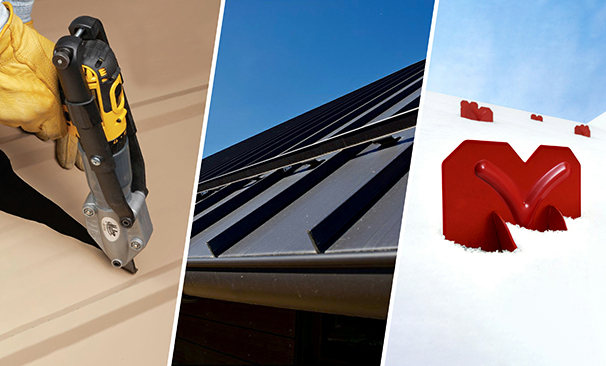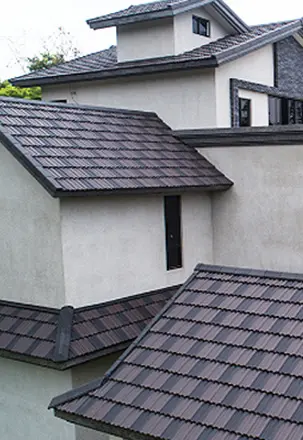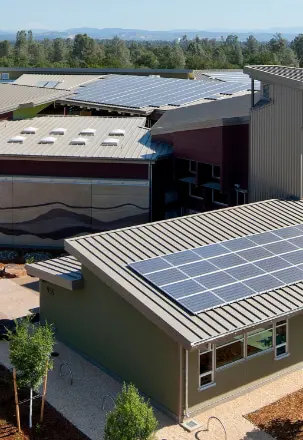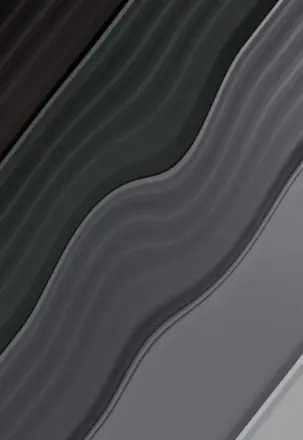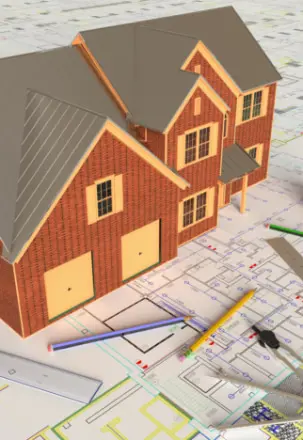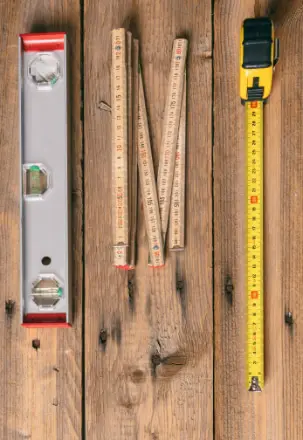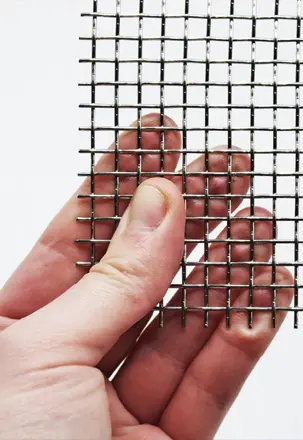Triple-arch solar tiles are an innovative solution in the field of solar energy, combining aesthetics and functionality. Here are some pros and cons:
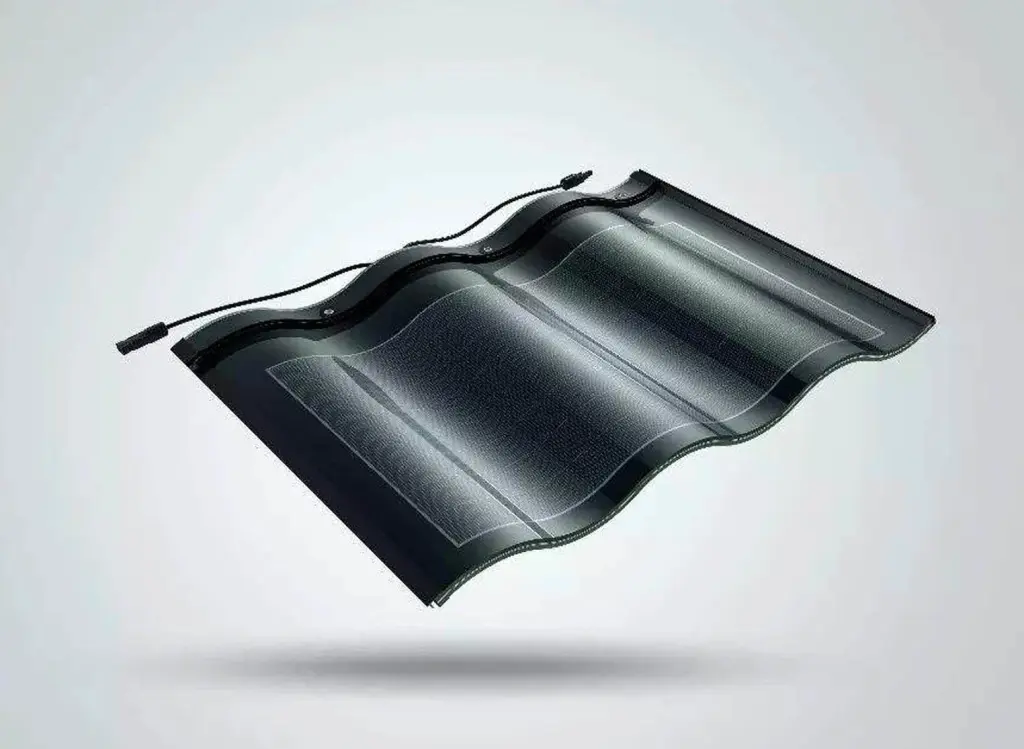
Pros:
- Aesthetic Appeal:
- Design Integration: Triple-arch solar tiles are crafted to blend seamlessly with traditional roofing materials such as clay or slate tiles. This makes them visually appealing and suitable for historic or high-end residential properties where aesthetic considerations are paramount.
- Architectural Flexibility: The curvature and design of the tiles can complement various architectural styles, from modern to classical, without compromising the overall aesthetic of the building.
- Efficiency:
- Enhanced Performance: The triple-arch design allows for a greater surface area to capture sunlight. The arches can create more surface angles that can capture sunlight throughout the day, enhancing energy production.
- Advanced Materials: These tiles often use cutting-edge photovoltaic materials that can offer higher efficiency rates. For example, some might use monocrystalline silicon, which has higher efficiency compared to polycrystalline silicon.
- Durability:
- Weather Resistance: Triple-arch solar tiles are designed to withstand extreme weather conditions. They are typically tested for impact resistance (such as hail), wind uplift, and water ingress.
- Longevity: Made from durable materials like tempered glass and high-grade silicon, these tiles are built to last. They often come with long warranties, sometimes up to 25-30 years, ensuring longevity.
- Environmental Benefits:
- Sustainable Energy Production: Solar tiles generate electricity from a renewable source, reducing reliance on fossil fuels and lowering greenhouse gas emissions.
- Recyclable Components: Many components used in triple-arch solar tiles are recyclable, which helps in reducing the environmental impact at the end of their life cycle.
- Increased Property Value:
- Energy Savings: The electricity generated by solar tiles can significantly reduce utility bills, making the property more attractive to buyers.
- Green Investment: Properties with solar energy systems are often seen as more sustainable, which can be a selling point in the real estate market.
Cons:
- Cost:
- High Initial Investment: The upfront cost for purchasing and installing triple-arch solar tiles can be significantly higher than that of traditional solar panels and conventional roofing materials.
- Installation Costs: Specialized installation techniques are often required, which can add to labor costs. The installation process can be more complex and time-consuming compared to traditional roofing and solar panel installation.
- Availability and Accessibility:
- Limited Availability: As a newer technology, triple-arch solar tiles may not be widely available in all regions. This can limit options for sourcing and increase lead times.
- Expert Installation: Finding installers with the necessary expertise and experience in installing triple-arch solar tiles can be challenging, particularly in areas where the technology is less common.
- Technological Risks:
- Innovation Stage: As a relatively new technology, triple-arch solar tiles may face unforeseen issues. There may be less long-term performance data available compared to more established solar technologies.
- Compatibility Issues: Ensuring that the solar tiles are compatible with existing roofing systems and other building materials can be complex, requiring detailed planning and possibly additional adjustments.
- Maintenance:
- Specialized Care: While these tiles are designed to be durable, they may still require specialized maintenance to ensure they continue to perform optimally. Cleaning and inspections might need to be done by professionals familiar with the technology.
- Repair Costs: If a tile is damaged, it may require specialized parts and labor to repair, which can be more expensive than repairing traditional roofing materials.
- Efficiency Limitations:
- Shading Issues: Like all solar technologies, the efficiency of triple-arch solar tiles can be significantly reduced by shading from trees, nearby buildings, or other obstructions. This can limit their effectiveness in certain locations.
- Orientation and Placement: Proper orientation and placement are crucial for maximizing energy production. Roofs that do not face the ideal direction or have complex geometries may not benefit as much from triple-arch solar tiles.
Conclusion
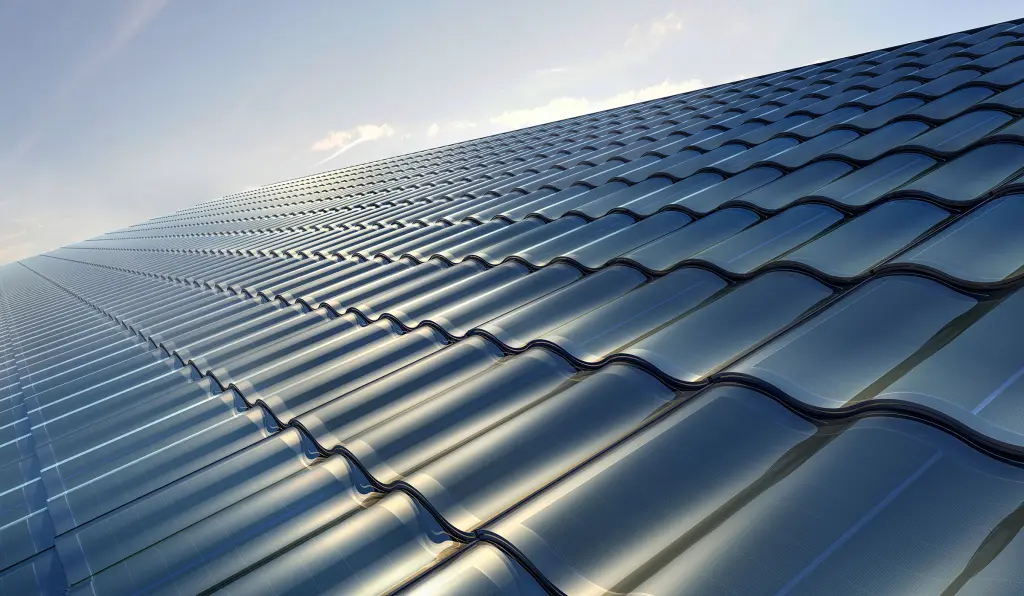
Triple-arch solar tiles represent a cutting-edge solution in the solar energy market, combining high efficiency, durability, and aesthetic appeal. However, their higher costs, potential availability issues, and specific maintenance requirements make them a significant investment. Careful consideration of these factors is essential when deciding if triple-arch solar tiles are the right choice for your project or property.
If you want to know more price information, please contact us!


